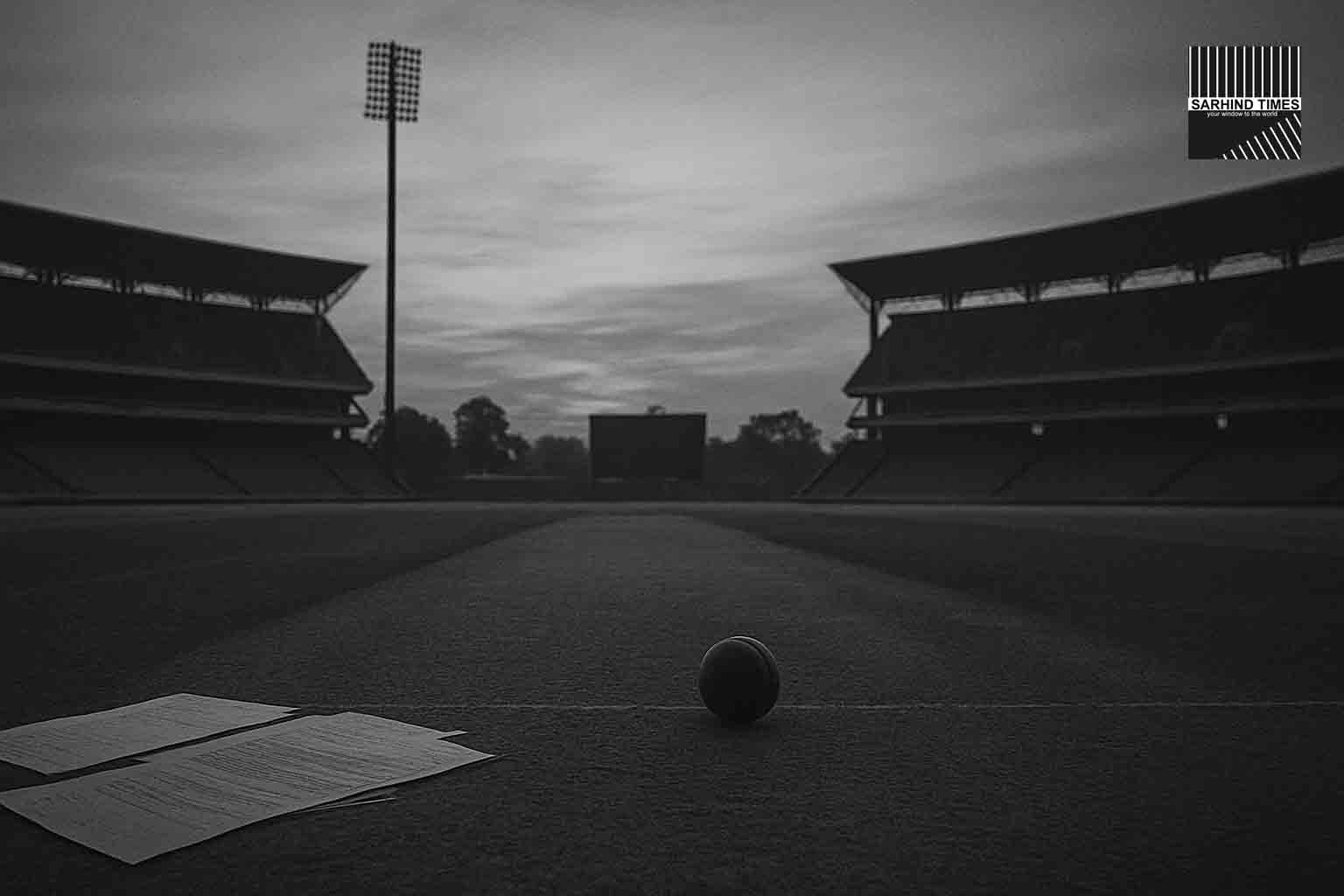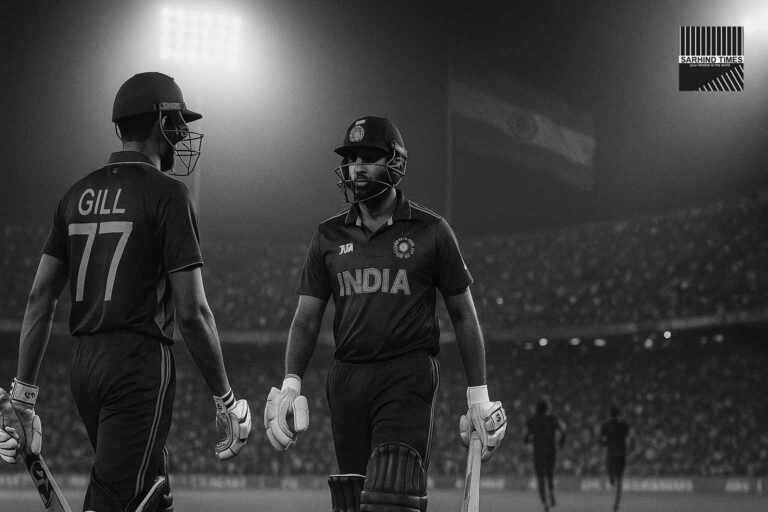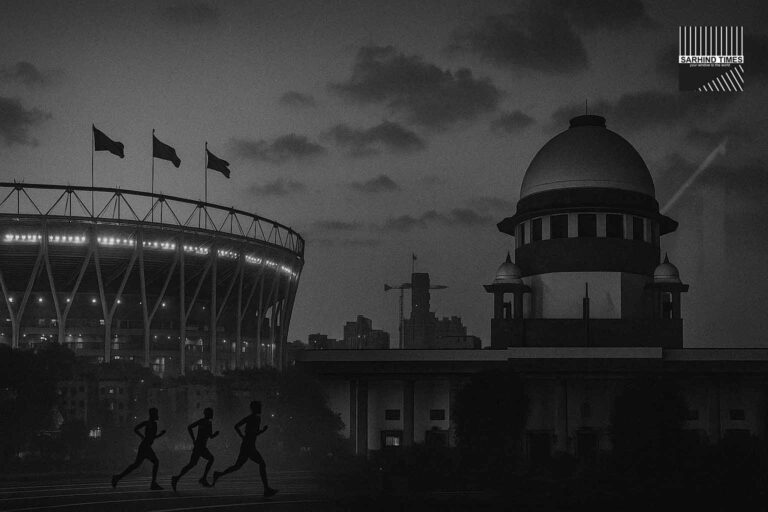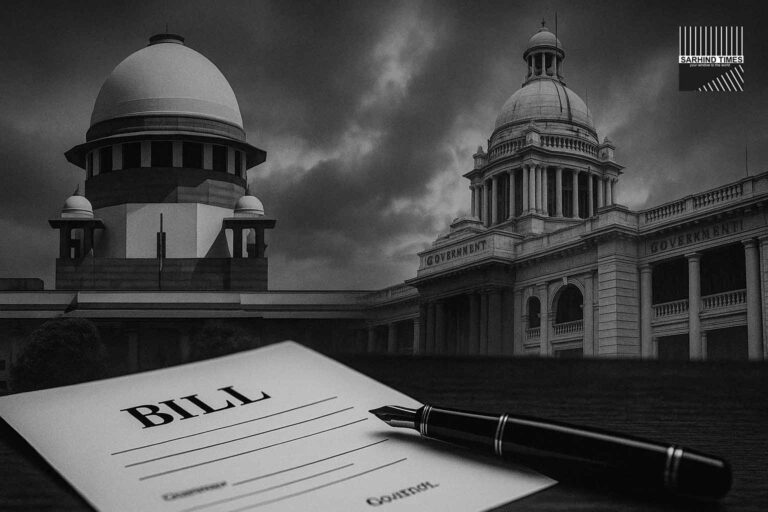By [Your Name] | Sarhind Times Sports Desk
Date: [Insert date]
NEW DELHI – In a season beset with transitions and turbulence, veteran spinner Ravichandran Ashwin intervened in the heated debate surrounding the selection of young pacer Harshit Rana, urging fans, pundits and the cricketing community at large to temper their rhetoric and preserve decency in discourse.
“Selections are not simply about raw numbers or highlight reels,” Ashwin asserted in a widely circulated social media post. “They are about role synergy, fitness, conditions, workload, team balance and future planning. Reducing it to personal attacks does disservice to players and the system.”
His remarks assumed significance at a moment when India’s senior men’s side braces for an intense stretch of international cricket—overlapping with India’s Women’s World Cup commitments and key bilateral series. Selection debates have turned more acrimonious than usual, as stakeholders across the board wrestle with managing transitions, nurturing bench strength, and retaining stakeholder confidence.
I. The Context: India at a Crossroads
A. A Packed Calendar, A Delicate Balancing Act
India’s cricketing schedule for the next 12–18 months is dense. Concurrently running men’s and women’s tournaments means boards and managements must juggle workloads, rotation, and depth. In such circumstances, the selection committee’s choices are under microscope more than ever.
Selectors and coaches have repeatedly emphasized that building a resilient core will require trusting relatively untested names, managing workloads systematically, and preserving the fitness of established stars. Against that backdrop, every squad announcement becomes a flashpoint.
B. Enter Harshit Rana: The Spark in the Debate
Harshit Rana, 23, emerged rapidly in the Indian setup over the past year. From standout performances in the IPL to his international forays, his ascent has been steep—drawing both optimism and criticism.
Despite limited international experience, his inclusion in India’s ODI and T20 squads for the Australia tour triggered polarizing reactions. Some critics question whether his selection is merit-based. Others see it as a vote of confidence in youth during a rebuilding phase.
Former selector Krishnamachari Srikkanth openly criticized Rana’s inclusion, going so far as to say that he appears to be “a constant yes-man to Gambhir” and that selections have become erratic. He also pointed out shortcomings in Rana’s Asia Cup showing, labeling his on-field gestures as “filmy gimmicks” rather than substance.
Others, including commentator Aakash Chopra, have defended Rana, warning against undue trolling and emphasizing that young players deserve a calmer, more respectful climate.
In this volatile milieu, Ashwin’s intervention seeks to remind the public that behind every selection lies a complex matrix—and that individuals, especially young ones, deserve more than scorn.
II. Ashwin’s Argument: Nuance Over Noise
A. The Human Behind the Bowler
Ashwin’s appeal is rooted in empathy. He argues that players are human beings first—and that social media “pile-ons” can harm confidence, mental health, and development. Where performance data dominates, the human dimension often goes unspoken.
He specifically discouraged personal attacks, ad hominem comments or maligning intentions, stressing that selection processes must remain insulated from toxicity.
B. More Than Mere Numbers
Selections cannot be distilled into a few metrics. Ashwin underscored the multiplicity of variables at play:
- Role clarity: Does a bowler suit particular match conditions (e.g. seaming or flat pitches)?
- Team balance: Are there sufficient all-rounders, depth in spin, backup pace options?
- Fitness & workload management: Is the bowler fit, and can he sustain over a tour?
- Long-term planning: Does the call-up support the next 4–5 years’ roadmap?
He warned that simplistic critiques—“he’s not good enough,” “he doesn’t deserve it”—lack appreciation for those interlocking dimensions.
C. Strengthening the System, Not Eroding Trust
Ashwin’s message also serves as a meta-commentary: if fans and critics default to rancor, the trust between talent and selectors can deteriorate. Young players might become wary of judgment, hesitant to express themselves freely, or fearful of public shaming.
By urging restraint, Ashwin calls for a culture in which debates are substantive rather than vitriolic—where performance is tested on the field, not in social media verdicts.
III. The Rana Debate: What the Critics and Supporters Say
A. Critiques: Merit, Consistency and Perception
- Limited international track record
- Even though Rana has made strides (including a three-wicket haul in an ODI debut) critics argue he remains underevaluated.
- His performance in Asia Cup—2 wickets for 79 runs—has drawn scrutiny.
- Frequent squad reshuffles and lack of consistency
- Srikkanth’s critique: “Suddenly Yashasvi Jaiswal is in, then out; Rana seems the only constant.”
- Such volatility is said to disrupt clarity for other players and dilute confidence.
- Alleged favoritism or influence
- A recurring critique is that Rana benefits from his association with Gautam Gambhir, who coaches the Kolkata Knight Riders and now holds influence in team circles.
- Critics suggest that proximity may skew selection—whether true or not, the perception itself becomes toxic.
- “Showboating” vs Substantive performance
- Some detractors balk at Rana’s on-field gestures, dance moves, or exuberance, calling them distracting or lacking substance.
B. Supporters: Potential, Patience and Context
- Backing youth in transition
- Supporters argue that giving Rana exposure now offers a longer runway toward the 2027 World Cup cycle.
- They contend that if India is truly in a rebuild, selective risks are inevitable.
- Credible IPL and domestic credentials
- Rana was among the top wicket-takers in IPL 2024, attracting notice for his speed and potential.
- His first-class performances, including a century in the Duleep Trophy, show all-around promise.
- A test under fire
- To supporters, criticism is part of the journey. Rana’s response—on-field and mental—will define whether he belongs.
- Greater harm in toxicity
- Even critics concede that hurling insults or questioning motives online is counterproductive. Pundits like Chopra have urged restraint and fairness.
IV. The Bigger Picture: Indian Cricket’s Fault Lines
A. Transitioning Generations
India is amid a shift. Seniors like Rohit Sharma and Virat Kohli are stepping back or reducing formats; new names must be integrated. In such periods, the temptation to overscrutinize every move is high—and mistakes or misreads are inevitable.
B. Selection Transparency & Accountability
Repeated allegations of favoritism or opaque decision-making erode the credibility of the selection process. Whether or not they are valid, they can breed cynicism. Ashwin’s plea implicitly underscores the need for clearer communication by selection panels.
C. The Role of Public Discourse
In a hyperconnected age, the court of public opinion is immediate and ruthless. Players—especially young ones—are vulnerable to misjudgment, trolling, and permanent online records. The balance between fan engagement and moral responsibility becomes delicate.
D. Mental Fitness, Not Just Physical
Sports psychology now plays a crucial role. When selection debates veer personal, the mental burden on cricketers may affect performance more than any technical deficiency.
V. What Happens Next: Scenarios & Stakes
A. Rana Delivers – Validates Selection
If Rana performs strongly in Australia, consistently taking wickets, controlling runs, and showing resilience, many critics may recant. His success would shift narrative from “why was he picked?” to “how do we sustain him?”
B. Rana Falters – Questions Persist
If he is exposed on unfamiliar pitches, concedes heavily, or is inconsistent, critics will point back to the selection. The question of whether the process erred will intensify.
C. Process Reforms – Selection under Spotlight
Regardless of Rana’s form, this episode may propel calls for greater transparency—posting rationale for picks, regular metrics sharing, or independent panels reviewing selections.
D. Culture Shift – Stricter Lines on Discourse
Ashwin’s intervention may be a turning point. Media houses, players, and fan platforms might adopt codes discouraging personal attacks. Public figures could set norms for respectful debate.
VI. Editorial Take: A Plea for Constructive Disagreement
The ascent of Harshit Rana is more than an individual story. It is a litmus test for Indian cricket’s maturity in handling dissent, ambition, and transitions.
Yes, every squad call deserves critique—and often demands it. But critique must rise above abuse. The applause for sharp insight must not drown in slander. Selectors must remain open to accountability; players must remain resilient; and fans must recognize that empathy is not weakness but civility.
Ashwin’s words reminded that cricket—more than sport—is community. The health of that community depends on how we argue, how we judge, and how we remember that behind every name is aspiration, effort and vulnerability.
Let the discourse move from mere outrage to reasoned challenge. Let the future, and not hashtags, decide.
#Cricket #TeamIndia #HarshitRana #RavichandranAshwin #SelectionDebate #Sportsmanship #CricketIndia #RespectInSport #FairDebate

























+ There are no comments
Add yours